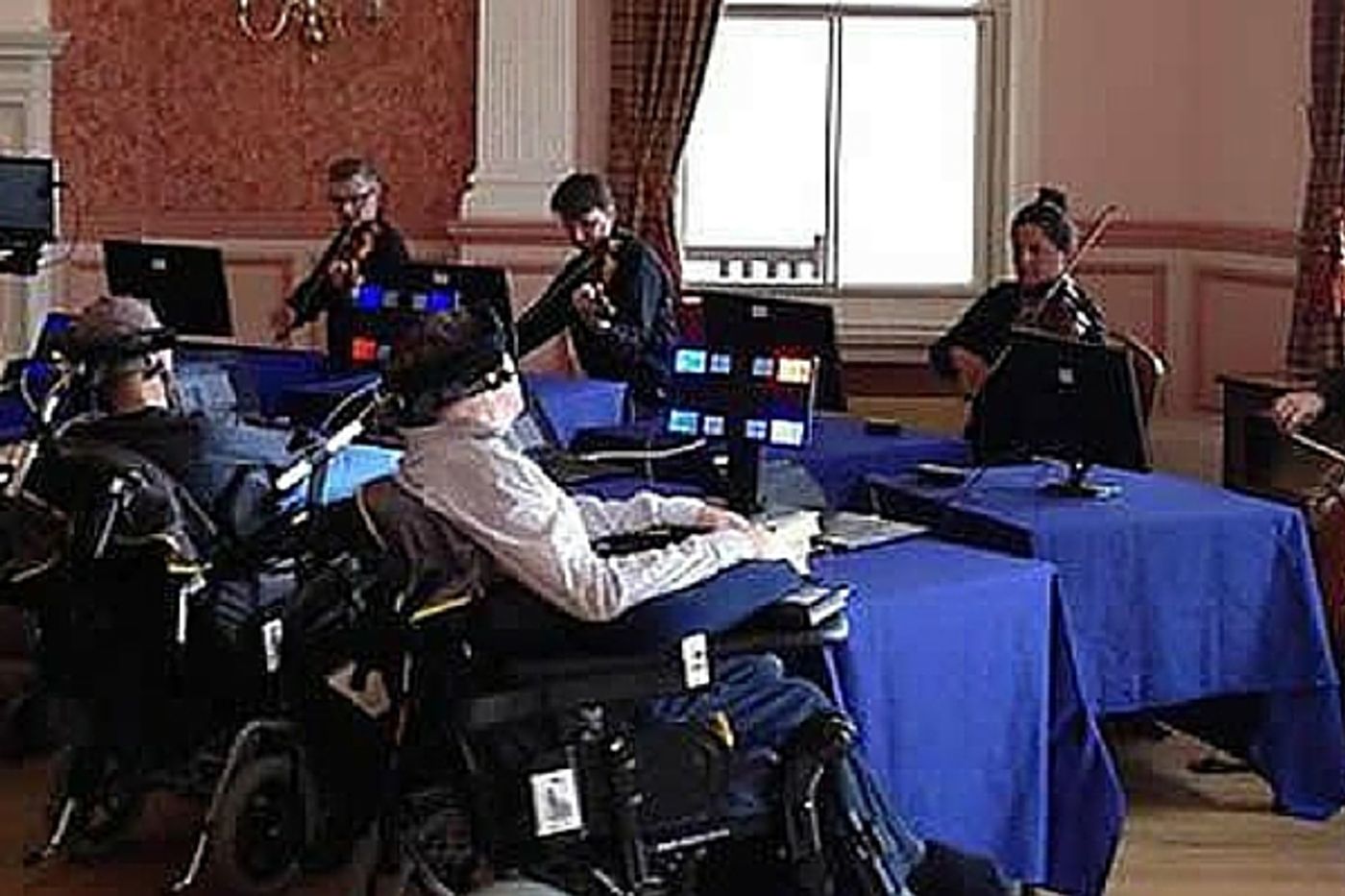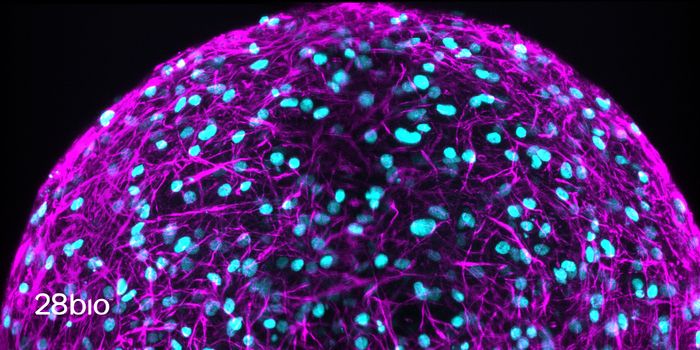While music has been around for centuries, more recent developments in technology have made it possible for people who cannot speak, sing or play an instrument to create original music. A music ensemble in the UK is using these new methods to compose and play music and there’s been nothing like it before.
The Paramusical Ensemble was formed with patients from the Royal Hospital For Neuro-Disability in London and the technology was developed with experts from Plymouth University. Called the Brain Computer Music Interface, or BCMI, the system collects brainwaves from patients with severe neurological disabilities via a cap that’s equipped with electrodes. The brainwave signals are used to control musical equipment and create compositions.
The program is led by Professor of Computer Music Eduardo Miranda and PhD student Joel Eaton, from Plymouth University’s Interdisciplinary Centre for Computer Music Research (ICCMR). Together with Dr. Julian O’Kelly and Dr. Sophie Duport from the RHN, the initiative sought to use the transformative impact of music to reach patients who, as a result of their disease, are sometimes unreachable with traditional therapies.
In a press release from the ICCMR, Professor Miranda, said, “We have been working with the RHN for around four years, and our collaboration is having a hugely positive impact on everyone involved and changing perceptions at the same time. Our work is giving people an opportunity to put their physical impediments aside, and use music to communicate in ways that would not normally be possible because of their medical conditions. It is an amazing example of research being taken out of the laboratory and into the real world, with both inspiring and very emotional results.”
It works by having four patients connected to the interface at the same time. Each one is shown a selection of musical phrases, small bits of notes and bars, that they can choose from. By staring at the lights near a particular phrase, the visual cortex of the brain picks up on that as the patient’s choice and it’s transmitted to a member of a string quartet who then plays the selection, as it happens.
The patient- musician members of the ensemble are all choosing sections of music and transmitting it to the players and the result is an original composition that is played for an audience. Since it’s the composed by the choices of four patients each choosing their music independently of each other, the piece is always a surprise and always something that hasn’t been played anywhere before.
The first performance of the Paramusical Ensemble was attended by neurologists, music students as well as friends and family members of the players. Dr. Julian O’Kelly of the RHN told
Neuroscience News, “It’s still early days in terms of the widespread application of the technology, but for many of the people that we work with every day at the RHN, this could be a very exciting development. It has the potential to really enhance their ability to get involved in the live composition and performance of music. As a practicing music therapist working in brain injury rehabilitation, I’m really looking forward to seeing where this technology will take us.”
Check out the video below to hear some of the performance and learn more about the project.









